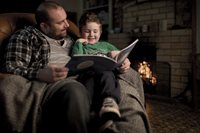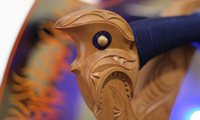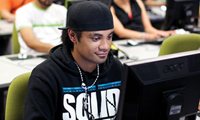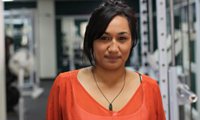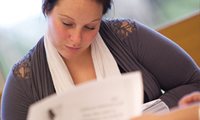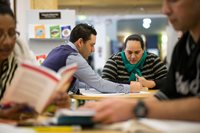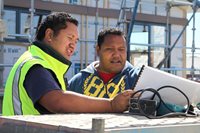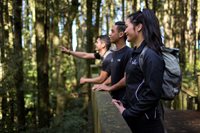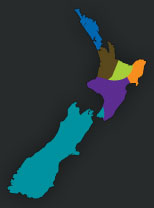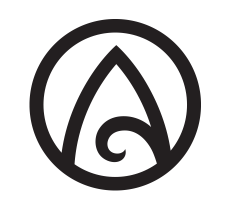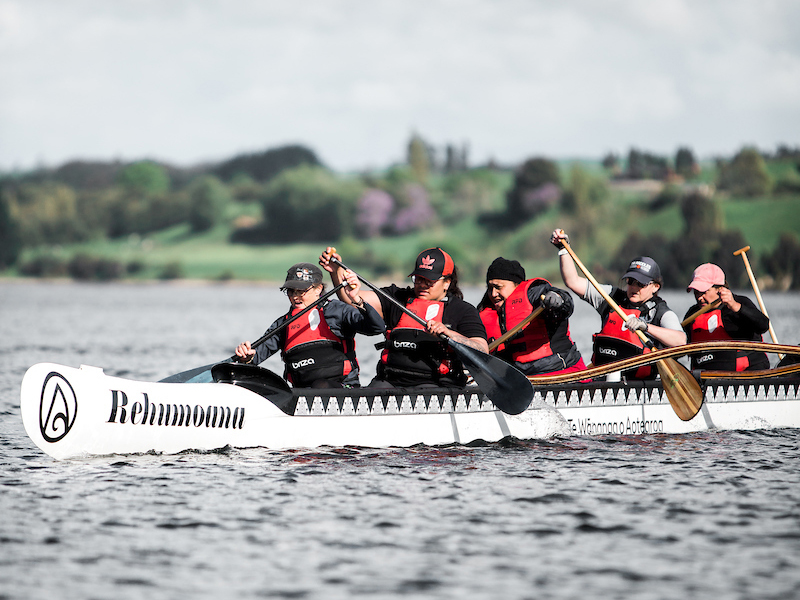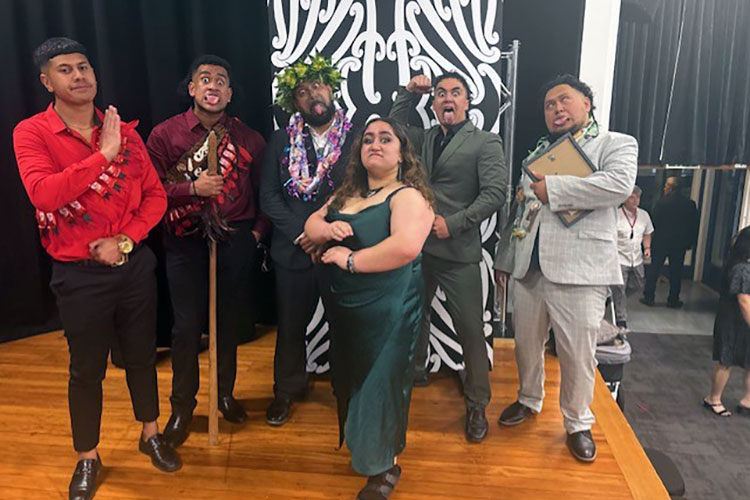Waka ama has been identified as a programme with critical risk.
The most dangerous programmes at Te Wānanga o Aotearoa are under review to update their critical risk processes.
Lead Environmental Safety and Wellness Harata Samuel said under the Health and Safety at Work Act (HSWA) 2015, all organisations must understand and identify risk to ensure the safety of their workers.
Te Wānanga o Aotearoa is now reviewing critical risk processes for a number of its programmes, that could see serious harm or even a fatal event.
“We have duty of care obligations which requires organisations like ours to eliminate risks to health and safety or at the least, minimise them,” says Harata.
The programmes are;
- Waka Ama
- Carpentry
- Forestry
- Infrastructure
TWoA has also identified kaimahi use of motor vehicles, offsite activities and “isolated workers” who include our kaimahi who deliver marau through home visits under the critical risk umbrella.
Harata says with the programmes identified, the team from Te Marupainga will be making contact with kaimahi who deliver the programmes or have an involvement with them.
She says kaimahi that are affected by some of these risks will be trained in the critical risk bowtie methodology to assist with identifying, evaluating and prioritising risks for their programmes.
“Once we’ve identified the critical risks the next step is to work out our risk control plans then go through a process of evaluating the health and safety systems that we currently have in place, conducting a gap analysis and developing control plans for how we will manage and control these risks going forward.”
Harata says the Te Marupainga team recently had an opportunity with waka ama kaimahi to develop a critical risk bowtie and control plan around drowning - one of the obvious risks that tauira and kaimahi face in the sport.
“We sat down with our waka programme kaiako and coordinators and talked through the risks associated with this potential event."
"It was essential they were involved in this process as we (Te Marupainga) are not the experts in this field but can support through facilitation and provide guidance from a health and safety compliance and legislative perspective.”
Law firm Simpson Grierson, who have helped TWoA to develop the new Health and Safety Management System (HSMS) and framework, are supporting the project.
Harata says it is likely that more TWoA programmes and/or high risk activities will come under review for critical risk.
But she said it was important that by identifying and controlling our critical risks, we are doing everything we possibly can to keep our tauira and kaimahi safe while in our learning and working environments.

